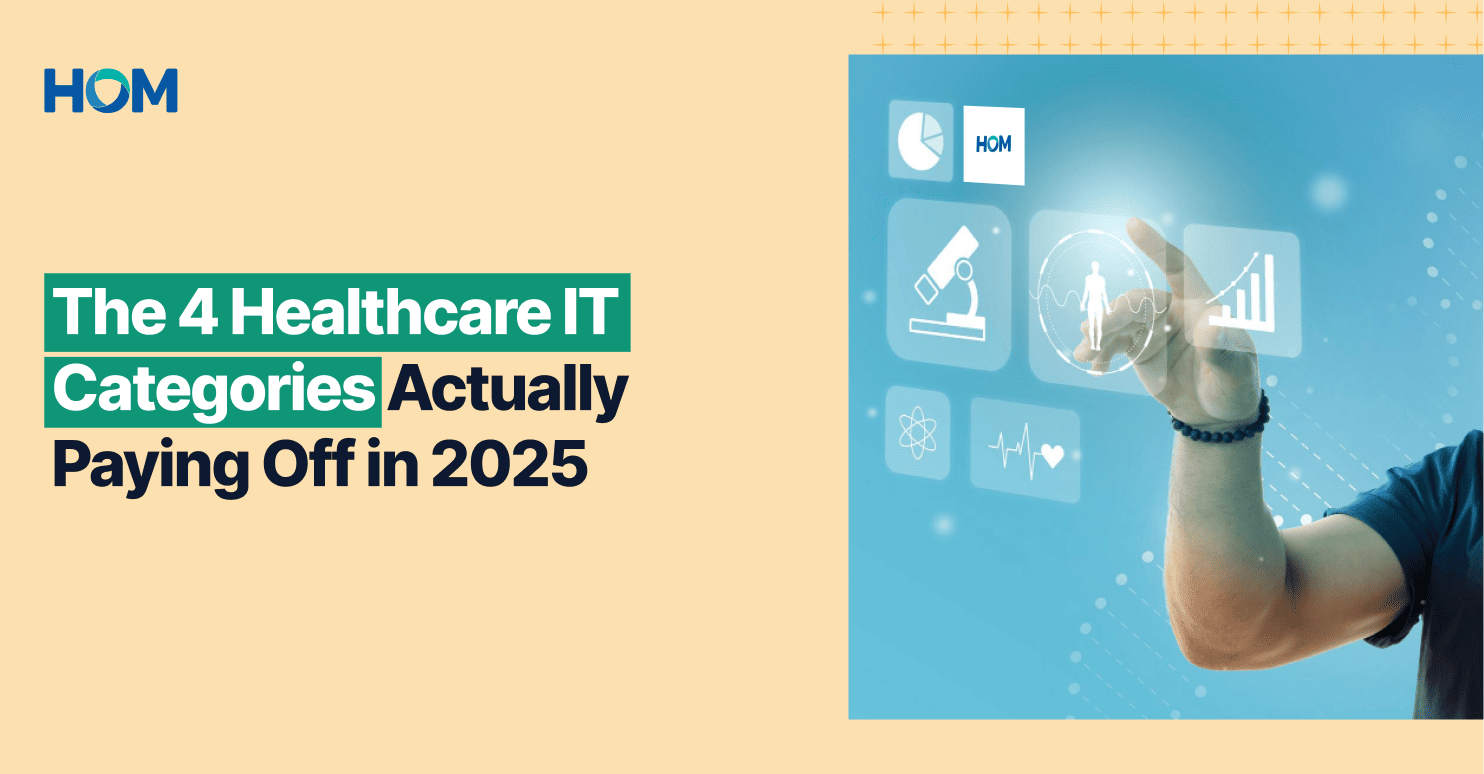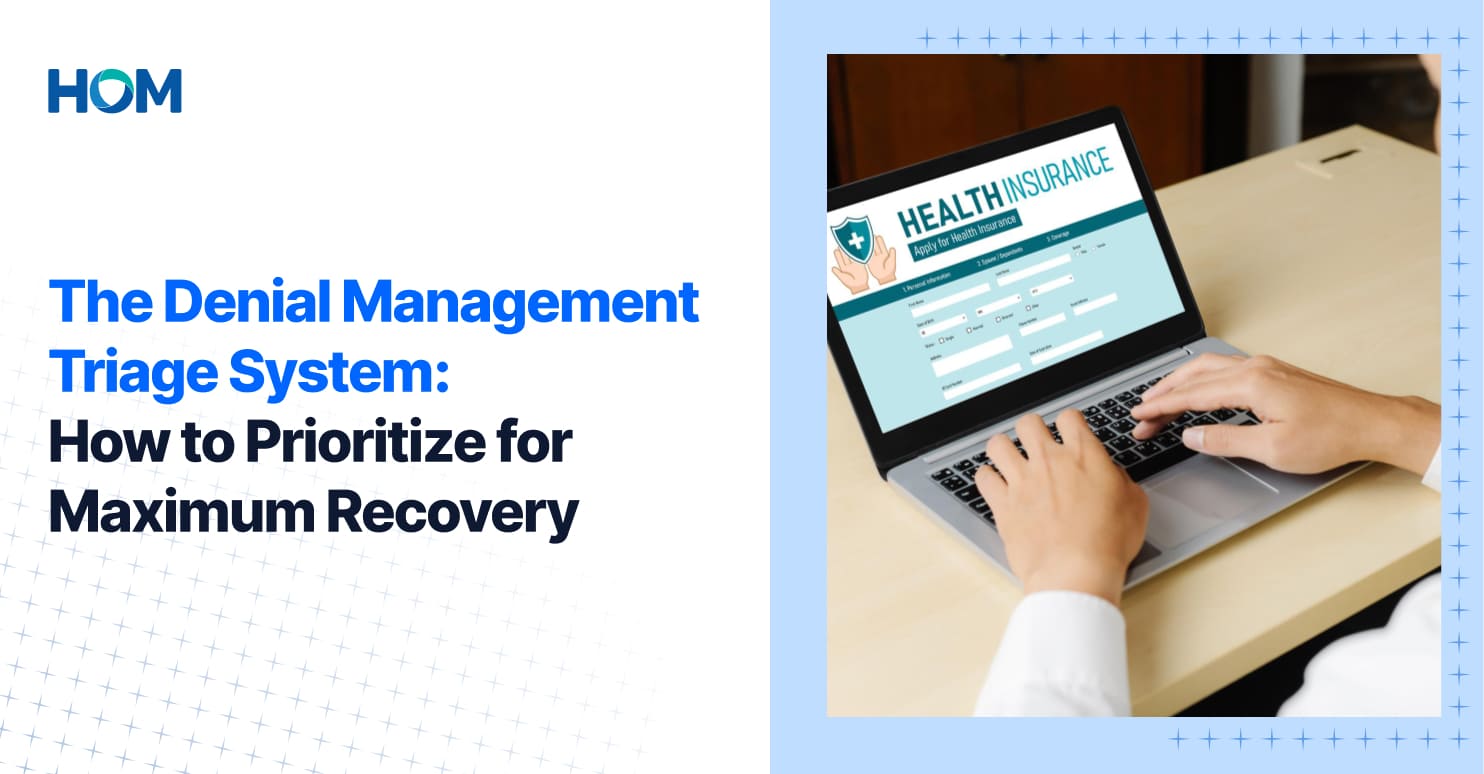
Interoperability is the ability of different devices, applications, and information systems to coordinate their access, exchange, integration, and cooperative use of data. This feature allows information to be transferred seamlessly between organizations, countries, and regions to maximize population and individual health worldwide. By guaranteeing smooth data interchange across practice management systems, billing software, and electronic health records (EHRs), interoperability improves medical billing. This integration minimizes claim rejections and denials by increasing accuracy and lowering errors in data entry, coding, and invoicing. Additionally, interoperability facilitates improved coordination and prompt access to current patient data, which improves cash flow and financial performance and eventually leads to better revenue cycle management.
Types of interoperability in healthcare

Interoperability in healthcare operates across four levels:
- Foundational (Level 1): Establishing the basic connectivity standards necessary for safe data transmission between diverse systems or applications is the main goal of interoperability in healthcare at the foundational level. This involves making sure that various healthcare IT systems, including imaging, laboratory, electronic health record (EHR), and other applications connected to health, can safely and efficiently communicate with one another. To protect the security and privacy of sensitive health data while it is being transmitted, this level is critical to the establishment of dependable network connections, the definition of communication protocols, and the implementation of strong authentication and authorization procedures.
- Structural (Level 2): Standardizing the definition, format, and arrangement of data interchange is the main focus. To facilitate smooth communication across various healthcare systems and apps, this entails defining the format and organization of data. Standards for data representation, such as information encoding, data element organization, and data field specification, are set at this level. These standards ensure consistency and uniformity in how data is exchanged, allowing disparate systems to interpret and use the information accurately.
- Semantic (Level 3): At this level, the focus is on achieving a shared understanding and meaning of data through the adoption of standardized models and codification methods. This entails using established data elements with predefined definitions sourced from publicly available value sets and coding vocabularies. Healthcare organizations guarantee consistency and interoperability in the depiction of clinical concepts and data across various systems and applications by utilizing standardized terminology and coding systems. Regardless of the systems or apps involved, standardized models and codification allow healthcare stakeholders to communicate and evaluate health information in the same way.
- Organizational (Level 4): At this stage, structures and procedures are put in place to enable the reliable and effective sharing of health information both within and among healthcare institutions, entities, and individuals. To ensure adherence to legal requirements and industry standards, this entails defining roles and duties, creating rules and processes, and putting oversight mechanisms in place. Beyond technological details, governance, policy, legal, and social factors that support smooth and safe data transfer are also included.
Benefits of Interoperability
Interoperability enables seamless data flow across healthcare entities. This facilitates a trifecta of improvements: enhanced quality of care through better-informed decisions and coordinated treatment plans, increased efficiency through faster diagnoses and even potential financial incentives through the creation of clear cost and outcome data that informs value-based healthcare initiatives. Below are some of the benefits that interoperability provides:
A. Impact on Patient :
- Fosters patient empowerment: One significant benefit of interoperability in healthcare is its ability to promote patient education. Imagine a scenario where a patient is diagnosed with a chronic condition, like asthma. Traditionally, the doctor might provide some initial information and printed materials. However, with interoperable systems, the doctor can leverage the patient portal to instantly share educational resources directly linked to the specific diagnosis.
- Drives efficiency, lowers expenses, and elevates patient satisfaction: By connecting different systems and enabling the smooth exchange of information, interoperability streamlines workflows for healthcare providers. This translates into cost savings, as resources are utilized more effectively, administrative burdens are reduced, and redundant processes are minimized. Moreover, interoperability empowers patients by providing them with greater access to their health data, enabling informed decision-making.
- Enhancing patient care standards: Improving the quality of care stands as a paramount benefit of interoperability in healthcare. When different systems can seamlessly exchange patient information, healthcare providers gain access to comprehensive and up-to-date data, enabling more informed clinical decision-making. This access to complete patient records facilitates accurate diagnoses, personalized treatment plans, and coordinated care transitions. Additionally, interoperability supports preventive care efforts by enabling population health management and timely interventions.
B. Impact on Providers:
- Financial rewards and reimbursements: When different systems can seamlessly exchange information, healthcare providers become eligible for various financial rewards and reimbursements. This is because interoperability streamlines processes and improves overall efficiency, leading to cost savings and enhanced revenue generation. By enabling providers to meet regulatory requirements and participate in value-based care programs, interoperability not only fosters better patient outcomes but also ensures financial sustainability for healthcare organizations.
- Streamlining operations: Access to real-time results empowers medical practices to reduce repetitive tasks and significantly improve profitability by accommodating more patients while enhancing the quality of care they provide. Patients gain greater control over their data, alleviating a substantial administrative burden. With accurate data and insights, both administrative and clinical functions undergo streamlining, optimizing efficiency across the board.
Conclusion:
Interoperability represents a transformative force that enhances patient care, improves operational efficiency, and drives financial sustainability. By seamlessly connecting diverse systems and enabling the smooth exchange of information, interoperability empowers healthcare providers to make better-informed decisions, deliver coordinated and personalized care, and ultimately improve patient outcomes. Moreover, interoperability streamlines administrative processes, reduces costs, and unlocks financial incentives, ensuring the financial viability of healthcare organizations. As the healthcare landscape continues to evolve towards value-based care and patient-centered models, interoperability will play an increasingly critical role in shaping the future of healthcare delivery, driving innovation, and improving the overall health and well-being of individuals and populations.
If you are a healthcare provider and wish to discuss how Interoperability can improve efficiency and accuracy, feel free to write to us at partnerships@homrcm.com.
[1] https://www.himss.org/resources/interoperability-healthcare
Bring a change to your Healthcare Operations
A partnership with HOM gives you an inherent:
Connect with our experts for a quick analysis and possibilities.

















